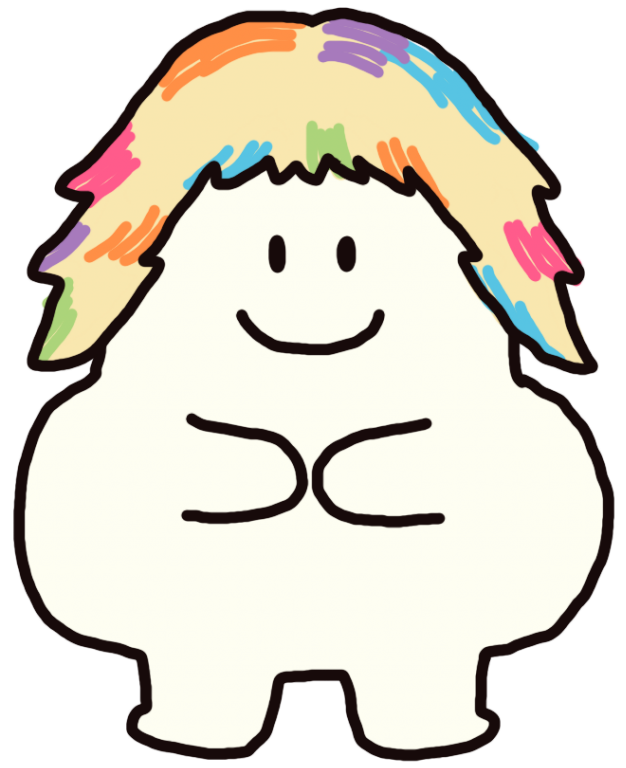This week, I had another tutorial with my tutor and received feedback on my first project question and intervention idea.
Feedback
- Framing the entire project
- Area of art toys
- Why do you do this? Why is this important? Why has this knowledge been valued? What are you hoping for from this?
- The question is so subjective.
- Think deeper
- Awareness of the artist?
- More specific question
- Intervention
- Not specific to art toys?
- What are the things about art toys specifically?
It’s clear that my project needs more focus and a specific approach. The feedback guided me to refine my focus, leading to the revised question: “How can art toys serve as a medium for artistic expression and appreciation?” This question aims to directly address the artistic value of art toys and their potential as a form of creative expression.
How is this will make an impact? …
- Focusing on artistic expression and appreciation
- Emphasizes the creative and perceptive aspects of art toys
I plan to ensure that my interventions are specifically tailored to art toys, exploring their unique characteristics and how they are different from other art forms. By concentrating on the artistic expression and perception surrounding art toys, I aim to highlight their creative potential and deepen the appreciation of these objects as art.
For my intervention, I was thinking about how to attract participants. So, I posted the poster on my Instagram story and got four people who wanted to participate! I sent them information about when and where to meet. This makes me so excited!

This Sunday is the day of my first intervention! It is a time of learning and fun! I started the workshop at 1 p.m. at High Grade Coffee near Brick Shop at Bricklane.
I started by giving an introduction about my project and intervention plan. I also gave them a Participant Consent Form as permission to collect their information and feedback for my project.
After I got their permission, I gave them a pre-workshop survey to see how much they knew about art toys? Next, I provide a learning session by presenting information about the history of art toys and their cultural significance. I also showed them the art toys from POP MART to make them understand more of what art toys look like. (For this part, I am so sad that I didn’t take any photos during the introduction and presentation. 🙁 )

After finishing all the learning parts, it is time for a fun and creative part! We moved to Brick Shop to start painting the art toys. We began by introducing the making process of art toys by the shop staff. He explained how the artist made the first model as a prototype and how he created a lot of art toys from that prototype.

Before starting the painting, the staff explained and showed us how to spray on the art toys.




When we finish the painting, we will get a certificate for our art toys, which means that our art toys are the one and only in the world because we create a masterpiece with only one piece, and no one will paint the same as we did! This is also the same as when people bought limited-edition art toys that are very rare and produced in a limited amount, as shown in the image below.

Then, I give participants a post-workshop survey for feedback after the workshop.



This is a good start for the intervention time! I really enjoy sharing and exchanging knowledge with people. This makes me full of positive energy. Thank you, Everyone 🙂
Feedback from participants
- “I now consider art toys as art because I have a personal touch when making them.”
- “New insight about art toys that I know is an object with storytelling.”
- “I never knew the story about art toys before; it’s good to know the history behind it.”
- “I now consider art toys as art because they can express individuality.”
One participant suggested that I should have more options for using art toys in the intervention, which would help me improve the intervention. Because the project is about art toys, and the art toys that I use in this intervention (art toys from artists) are different styles of art toys that I work with (art toys from the blind box).
Analysis

Before the workshop, the participants rated the value of art toys as a form of art at 7.25 out of 10.
After the workshop, the participants rated the value of art toys as a form of art at 8.75 out of 10.
Before the workshop, most participants knew little about art toys. They mostly saw them as collectables, not serious art. But they were curious. They wanted to learn what art toys really are and how they might be considered art. Some were also interested in how art toys could be used to express themselves. After the workshop, there was a change. Participants said they now understand more about art toys and see them as a true form of art. They started to appreciate the creativity and importance of these art toys.
If people have a chance to explore art toys rather than just seeing them through social media, I think it would be good for both artists and people who are interested. And this intervention can prove that.
I will develop the project further to make people see the value of art toys that are more powerful than just collectable objects.
